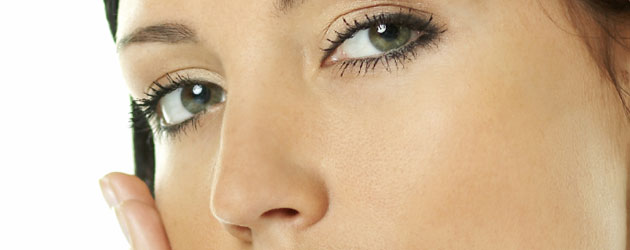 Lasers are all around us. Now we can use them to remove wrinkles and to verify the origin of gold.
Lasers are all around us. Now we can use them to remove wrinkles and to verify the origin of gold.
Below is a transcript of the audio file.
Jonar Nader: Everything is cancerous. Chewing on a lead pencil is cancerous.
Host: And the plastic on a pen probably is too. Now in terms of lasers, that is one aspect of the computer industry that we haven’t looked at. A laser is computerised right?
Jonar Nader: Yes, well we use lasers everyday, even CD-Rom players and compact disks, they are laser driven and our laser printer is as well. Laser stands for Light Amplification by Simulated Emission of Radiation. A lot of words are like that which people do not realise, like scuba and radar, which stands for Radio Detecting And Ranging. In any case, radars are finding their way out of electrical devices and into surgeries for knee reconstructions and heart and all sorts of things. And the latest is the removing of wrinkles. Face lifts have always been a go. The level that is just like a face lift is scrubbing the face or using all sorts of detergents to remove the wrinkles, well now through lasers, wrinkles and other scars and blemishes can be removed. This technique was used in 1992 but is now becoming more popular after 900 people were tested and of those 900, 75% of 90% of patient’s wrinkles were removed. They didn’t disappear but they were etched away in very micro millimetre ways, but that is an interesting new look, you can remove all the crows feet and laugh all you want.
Host: Fabulous, but what do you mean they are etched away?
Jonar Nader: Well the laser actually hits and it removes away a level of skin but you can hardly see the damage.
Host: But the wrinkles that you have are really only one fine layer of skin, and if you get rid of that layer of skin there would be no wrinkles underneath that.
Jonar Nader: Yes, well another thing is that the cologne actually shrinks and tightens as a result of the heat produced.
Host: Oh I see.
Jonar Nader: Well that is one use of lasers.
Host: Removing tattoos?
Jonar Nader: No well you see tattoos are rather deep because the pins go in and actually put the pigment inside by about a millimetre or two, that is too hard, it would require a graft or a transplant. But the other thing lasers can be used for is what we call, gold finger printing. A lot of court cases are about whether this gold came from your country or mine and whether this came from your mantle piece or mine and whether it was melted and made into a ring and whether this ring belonged to Henry the 5th or whatever. By using a laser It can give you about 70 trace elements to give you the pattern of where that gold may have come from. Another thing that lasers are used for now is sealing wetsuits. I don’t know if you surf, but you know how they are supposed to be water proof, water does still come through in certain areas where they are sewn especially and so lasers are used to melt micro dots to stop water coming in. And finally one more thing is that they can penetrate the first layer of a famous painting like the Mona Lisa and see what is behind it, it is a bit like an x-ray of sorts and in that sense you are able to see whether the Mona Lisa had her hand up in the air or under her chin or whether she was smiling or not smiling. And you will often find that the early painters were relatively poor and couldn’t afford fancy canvases, so they used to paint layer upon layer, and you can see how certain things were moved or changed, and in fact, a lot of them reflect culture, you can see that men who had the sword in their right hand, under the laser you can see that they had the sword in their left hand, and you actually question, why was that changed and what would that mean.
Host: And so that would be a way of proving fakes and forgeries eventually.
Jonar Nader: Yes.



Comments are closed.